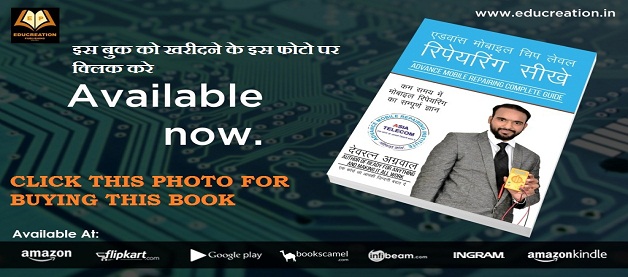For millions of happy users all over the world, the iPhone is fantastic just as it is. It's beautiful, elegant and easy to use, and there are thousands upon thousands of apps and oodles of content for them to choose on the App Store.
And then there are the people who aren't so happy. People who want to break free of the restrictions they believe Apple has forced upon us all - from the default apps that come with iOS to the fact that its underlying structure cannot be customised by individual programmers, third-party developers or even users themselves.
These unhappy people are the jailbreakers. And Apple has been playing a cat-and-mouse game with them ever since the iPhone launched in January 2007.
It's easy to understand the jailbreakers' frustration. On the Mac you can pretty much do whatever you want to customise your day-to-day experience with the hardware. If you don't want to use Mail for email or Safari for surfing, you can download alternatives such as Sparrow or Firefox instead.
Heck, you can even set them to be the default apps if you want, enabling you to ignore Mail, Safari and Apple's other apps altogether.
This isn't the case on the iPhone. While many great alternatives to iOS's default apps do exist, you'll find that iOS always reverts to the defaults for certain things.
Try clicking on an email address or a URL in an app, a document or web page and Mail and Safari will almost always boot up first, no matter which other alternatives you use.
Some third-party apps do offer the ability to open addresses in Google Maps rather than Apple Maps, but support has to be manually added and it's not system-wide.
Jailbreakers are frustrated by other things too: the fact that you can't do simple things like change the iPhone's default look and feel or install apps other than those available from the iOS App Store.
If you're brave enough or wise enough (or foolish enough), you can easily tinker with the underpinnings of macOS using things like Terminal or rummaging around in the Library folder. No legitimate equivalent for users exist in iOS. You can only do what Apple lets you do. Unless you jailbreak your iPhone, that is.
In this article we're going to examine jailbreaking and the reasons for and against jailbreaking an iPhone or iPad, to help you decide whether this is the right course of action for you and your Apple device.
What is jailbreaking?
Jailbreaking is the act of changing the iPhone (or iPad) software to remove the restrictions and limitations imposed by Apple. The principal limitation is that software can only be installed from the App Store. With a jailbroken phone you can install software from a rival to the App Store, and also manually using files downloaded from the internet.
Jailbreaking is different to iPhone unlocking. iPhones (like all mobile phones) that are sold as part of a contract are often locked to a particular network. This means that if you buy an iPhone from O2, for example, you have to use an O2 SIM card in it. The iPhone is 'locked' to that network.
Unlocking the iPhone turns it from an iPhone that can only work on the O2 network to one that can work on any network. But you will still be running officially sanctioned iOS software, and still have the software limitations. (Unlocking is considered a breach of your mobile phone contract, incidentally.)
5 reasons to jailbreak your iPhone
- It's your phone! You should be able to do what the heck you like with it
- You can download your apps from anywhere, not just from the App Store
- You can use alternatives to the default apps in iOS, many of which have more functionality
- You can customise your phone's look and feel to suit your personality, rather than being stuck with the far more limited options in iOS
- You can tether your Mac to your iPhone and bypass your networks' Mobile Hotspot feature, which is often severely restricted and/or expensive.
Jailbreaking your iPhone is relatively easy to do and legal (in most countries) - although the subject of Apple's official disapproval, and likely to invalidate your warranties. (You may get round this by 'unjailbreaking' your device before taking it to an Apple Store for servicing.)
The way you jailbreak your iPhone depends on which version of iOS you're running. (Brand-new versions of iOS generally cannot be jailbroken for some time after they come out. Jailbreakers will work hard to find a way to get round the new safeguards and restrictions that have been placed on the new software.) There are plenty of instructions and resources online that can help you.





.png)

















No comments:
Post a Comment